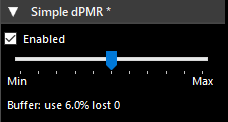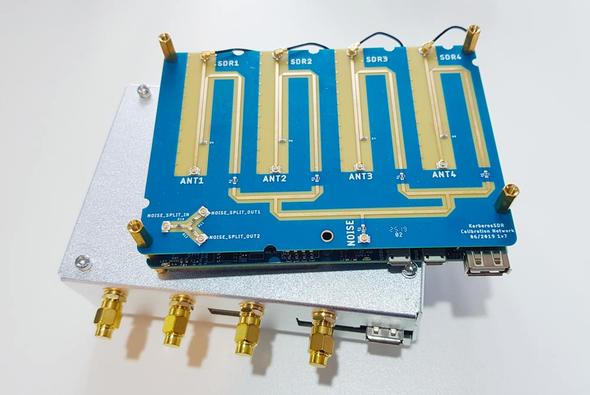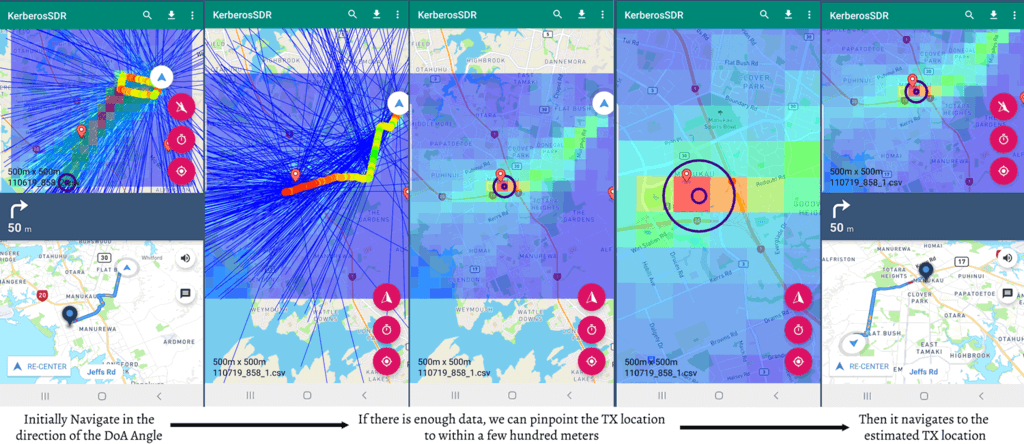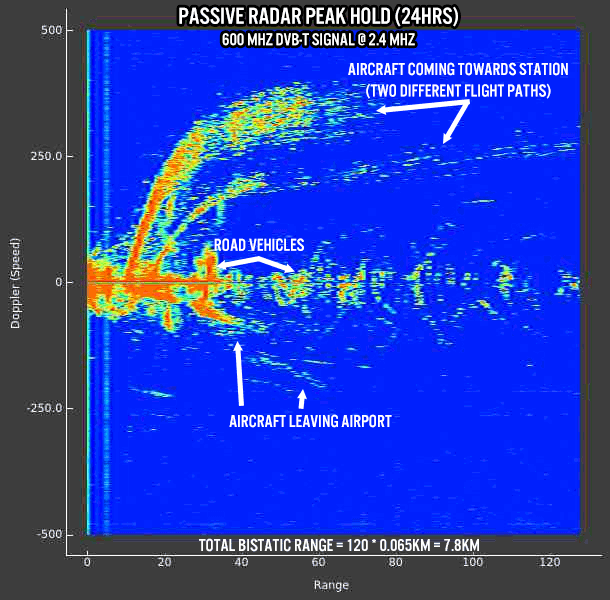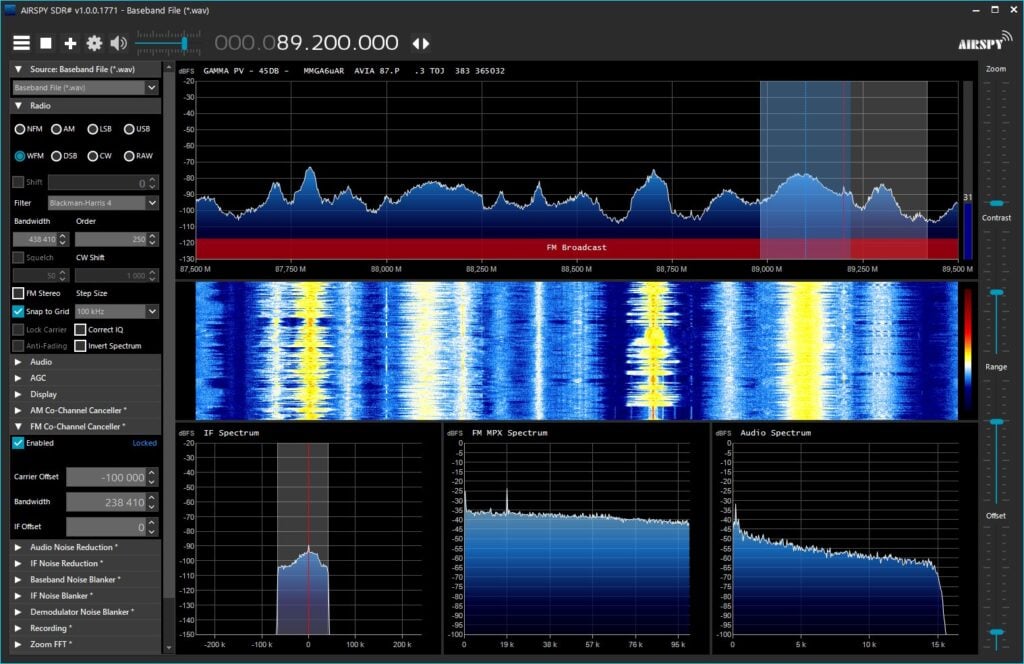A Dual Aircraft and Ship Tracking System with RTL-SDR
Over on his blog Ian Renton has posted about his dual plane and ship tracker project that he's titled "Plane/Sailing". The project consists of several elements including one FlightAware Pro Stick and Pimoroni ADS-B antenna for the aircraft tracking, and an RTL-SDR Blog V3 dongle and Diamond X-50 AIS antenna for the ship tracker.
Ian runs each dongle on a seperate Raspberry Pi. For aircraft the dump1090 software is used to decode the data, and it passes that data to multiple aggregator feeders such as FlightAware, FlightRadar24, ADS-B Exchange and OpenSky. For ships he uses rtl_ais which feeds into AIS Dispatcher which in turn feeds multiple marine aggregators such as Marine Traffic, VesselFinder, AIS Hub, Pocket Mariner and Ship Finder.
His system also feeds a personally hosted web front end based on his umid1090 software. umid1090 is a replacement for dump1090's web interface, the main difference being that the map is presented using military symbology. For the "Plane/Sailing" project he also extended umid1090 to be able to read the AIS ship position data from AIS Dispatcher's KML output file, and created a clean dark interface. The result is a slick looking map displaying both the tracked aircraft and ships. Ian's web interface for his system is public, and can be viewed at planesailing.ianrenton.com.

